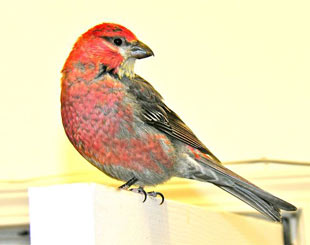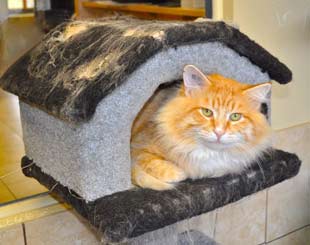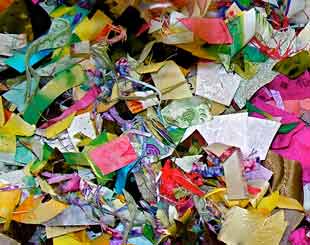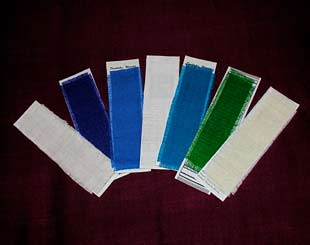Recycling Initiatives
Severely distressed and impoverished by decades of exile and persecution at the hands of Russian authorities, the first Doukhobor immigrants arrived in Canada in 1899 with very few material possessions. In the early days of their life in Canada, through the kindness of the Quakers, these newcomers were provided with immediate necessities. In time, recycling became a lifestyle as many used articles, especially fabrics and textiles were given a new “extended” life. Recycling was so ingrained in the mindset of generations to follow, that even to this day Baby Boomers maintain garages, closets, and cupboards filled with discarded items awaiting “new” possibilities.
Early Canadian Doukhobors were resourceful from necessity, growing their own grains and vegetables, but they relied on local merchants for supplies of sugar and flour. The cotton sacks from these staples were routinely salvaged and sewn into underwear, night clothes, baby clothing and diapers. Practical everyday items such as covers for rising bread or tart dough were also sewn by hand. As they became established in their communities, many Doukhobor women, and even some men, made good use of their leisure time sewing and embroidering tablecloths, tea towels, aprons and napkins with creative decorative floral patterns. Women also smocked and embroidered plain cotton fabric into traditionally styled “designer” blouses. When used adult attire became threadbare, it was often remanufactured into children’s clothing or even men’s handkerchiefs … as modern tissue papers were not available until the 1920s.
Having learned from the resourcefulness of their grandparents, our Cultural Interpretive Society volunteers have developed their own unique ways to give new life to used or discarded materials and articles.
Small scraps of new fabric material are pieced together to make quilts. Suitable larger pieces become traditional woolen quilt tops. Polyester/Fortrel yardages are also sewn into charity quilts.
Canvas and other heavy fabrics become shopping bags. Pieces of fabric from the backs of used jeans are sewn into beach blankets/denim quilts or other designer “jean fashions,” such as jackets, purses, aprons and book covers.
Skeins of yarn become socks, afghans, toques and mitts. Smaller amounts of yarn become unique stuffed toys.
Suitable heritage linen yardage is transformed into machine embroidered tea towels and runners, which are very popular in our gift shop.
Small pieces of woven heritage wool and linen are used to create educational bookmarks. A written history accompanies each of these woolen or linen samples of fabric art, making them very unique gift ideas!
Nothing is wasted at the Cultural Interpretive Society. A used sweater, once "redesigned", now becomes a bed for an animal. Sheets and towels not used in our sewing projects are collected and then donated to non-profit animal shelters, the SPCA in Nelson and Trail, BEAKS (Bird Emergency and Kare Society) in Castlegar, and the Second Chance No-kill Animal Shelter in Nelson.




Plastic grocery bags are crocheted into creative and colorful, one of a kind, shopping or beach bags.
Flat sheets are sewn into quilt duvets and fleece throw specials are incorporated into designer youth quilts.
Donated wool is rewashed and carded commercially to be used in our traditional quilting projects. Fabrics suitable for clothing are sewn into children’s fashions. Notions such as zippers, binding and thread are also incorporated into these projects. The CIS also shares some fabrics with other groups who sew for charity.
Even the smallest of scraps remaining from all of these projects becomes “stuffing” for our charitable pillows.




PLEASE CONSIDER DONATING TO THE CULTURAL INTERPRETIVE SOCIETY BEFORE THROWING VALUABLES AWAY.
The USCC Cultural Interpretive Society volunteers strive to preserve a clean and natural environment, recycling whenever possible.

